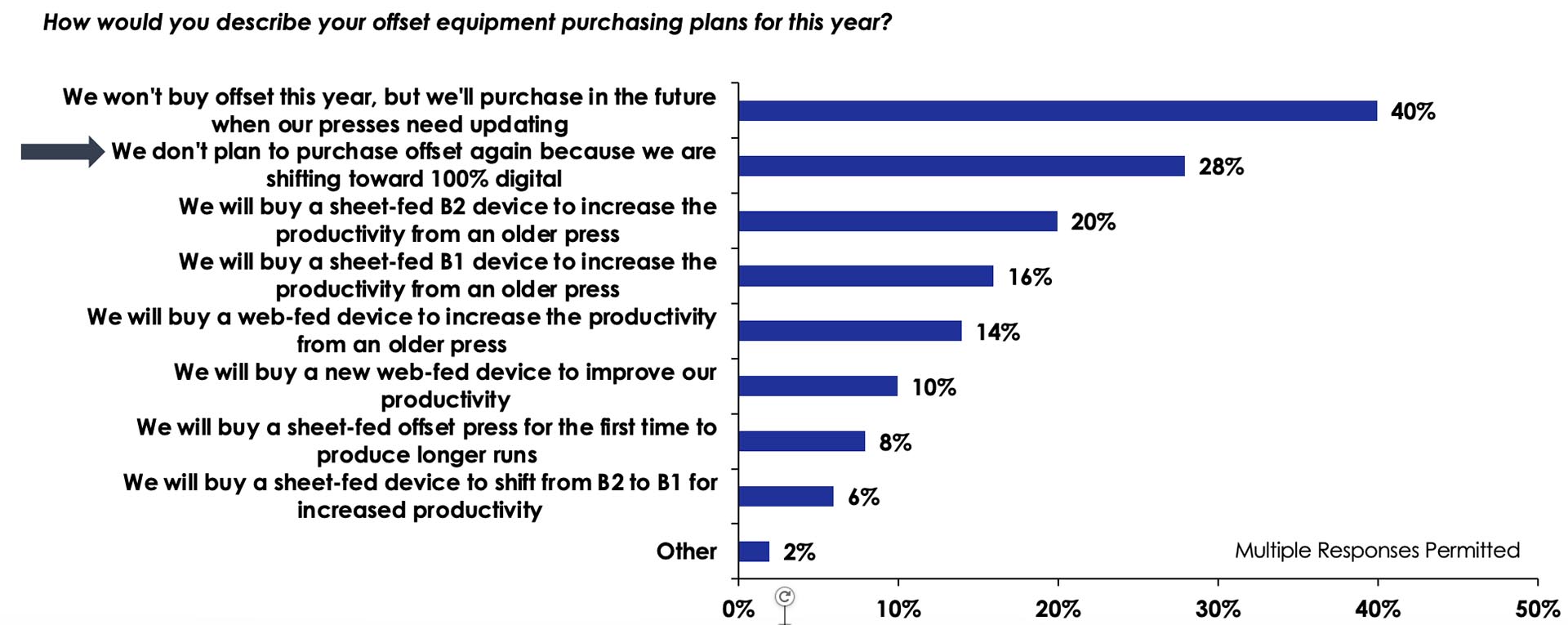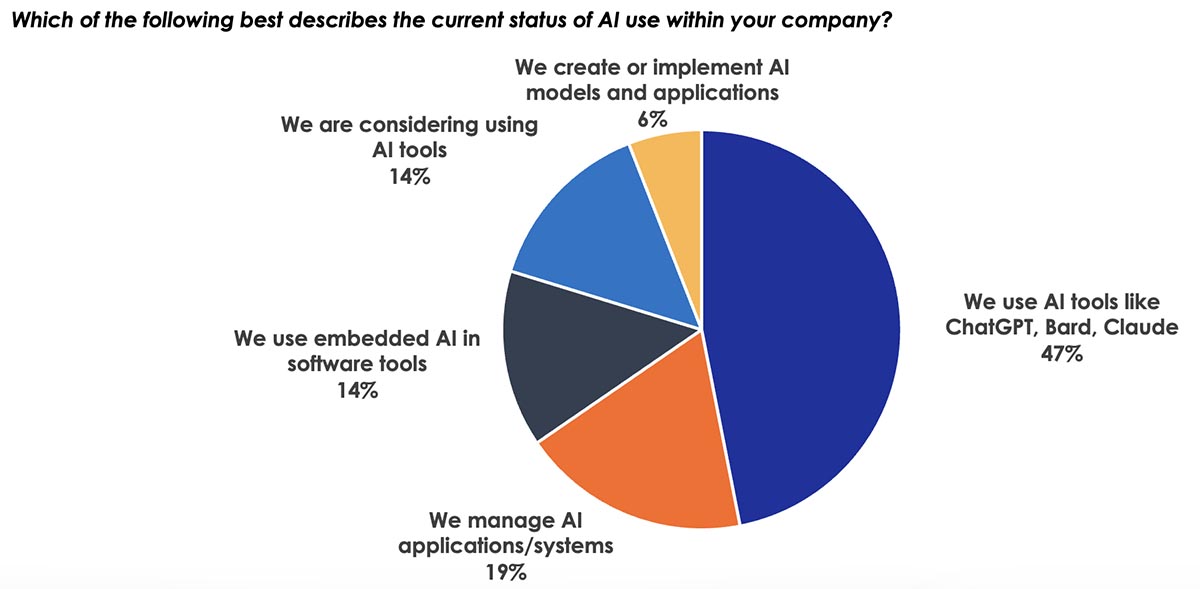- Any given B2B customer will have two primary objectives: to reduce costs and increase sales.
- By changing our thought process and focusing on our customers’ products and services rather than our own, we can ask a different set of questions and obtain more valuable information.
- If your customers are unable to visualize the potential opportunity of your offerings, they might not be willing to pay a fair price for your efforts.
By German Sacristan
Introduction
No matter what product or service a buyer is in the market for, there is always one question on his or her mind: with all the other choices out there, why should they buy from you? Regardless of our job responsibilities, we, as employees and businesses, should be putting ourselves in our customers’ shoes and asking ourselves this same question. Why should our customers buy from us? What can we do differently or better than anyone else? Most importantly, how can we assist our customers in a genuine, holistic, and truthful way that will contribute to their overall success?
A Different Thought Process
In the case of business-to-consumer (B2C) transactions, brandowners will usually fulfill their customers’ needs/wants while also attempting to make them feel better with their products and/or services. On the business-to-business (B2B) side, we are of course serving other businesses and helping them to achieve their ultimate goals of success and growth. Any given B2B customer will have two primary objectives—to reduce costs and increase sales. Improved automation and workflow efficiency can help reduce costs for print service providers (PSPs) as well as print buyers via Web-to-print.
What’s the best strategy for assisting print buyers that are focused on increasing sales? Since print is no longer the focus in this situation, shouldn’t we stop selling print (as well as printing presses) and concentrate on the print buyer’s products and markets? What these customers really need is a powerful and relevant communication vehicle that will take care of itself.
By changing our thought process and focusing on our customers’ products and services rather than our own, we can ask a different set of questions and obtain more valuable information. This information, in turn, can enable us to bring better guidance, offerings, and value to our customers. Start by educating yourself about all the printing pieces that your customers buy. Once you understand the objectives of that communication, you’ll be better equipped to improve the effectiveness of your offerings.
Regardless of vertical industry, marketing buyers should ask themselves five simple questions to help improve their marketing effectiveness:
- Who are my customers, and what type of customer analytics do I need to be more strategic when I contact them?
- How can I capture the attention of my customers, and how can my PSPs help? Can they assist with embellishments, finishing, customized copy, augmented reality, special creativity, engagement, and/or humor?
- What do my customers want to hear? Keep in mind that this is often very different from what marketers want to tell them! Can PSPs assist with data tracking, profiling, and/or customization?
- How can I make it easier for customers to buy from my company? Can PSPs help with incentives, ideas, clear messaging, a quick/easy buying process, or linking enablers to purchasing stores/sites?
- What do I track in my marketing campaigns, and how is the tracking carried out? Can a PSP help to streamline this process?
By obtaining a better understanding of their customers’ job responsibilities, goals, and objectives, PSPs can become better equipped to help them with their communications. Even so, offering the right products to print and marketing buyers is not enough! Presentation is everything in sales, and you will need to walk your customers through the strategic project based on what you have done to help them with contacting the right customers. You must find a way to capture their attention and make it easier for them to buy. Only then can your customer visualize the potential return on investment of your efforts. This will make them more interested in buying from you, and they will also be willing to pay more!
The Bottom Line
At the end of the day, marketers must cover all five of the objectives discussed above if they hope to develop a stronger line of communication with their customers. As mentioned previously, it is imperative to show your customers how your offerings can be linked to these objectives, because only then can your customers visualize the true value of what you sell. If your customers are unable to visualize the potential opportunity of your offerings, they might not be willing to pay a fair price for your efforts. Even worse, they might ultimately decide to back out of the sale altogether. All of us are working together in the same value/supply chain, and our ultimate goal should be to help print buyers sell more of their offerings.
German Sacristan is the Director of Keypoint Intelligence – InfoTrends’ Production Print & Media group. In this role, he supports customers with strategic go-to-market advice related to production printing in graphic arts and similar industry segments. German’s responsibilities include conducting market research, industry and technology forecasts, custom consulting and development of analyses, editorial content on technology, as well as support to clients in the areas of production digital printing.









